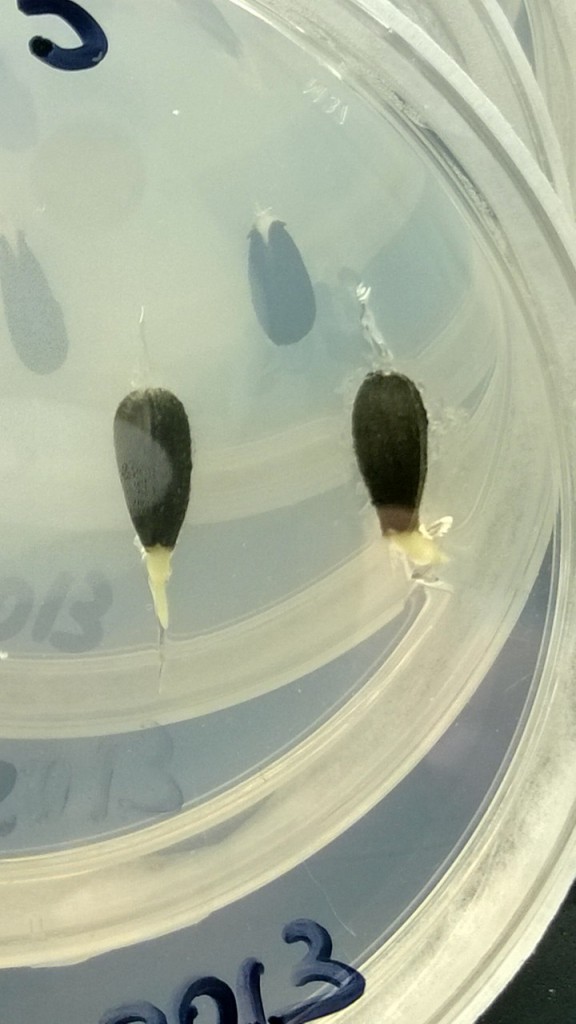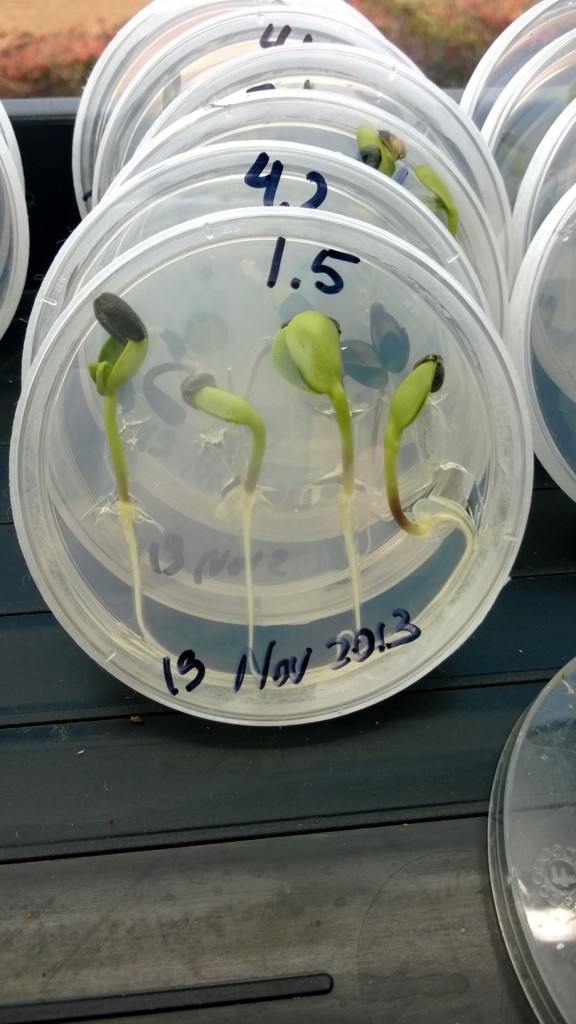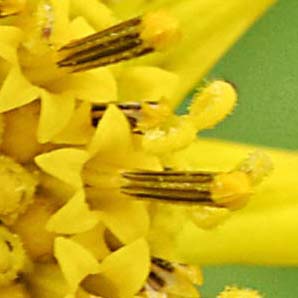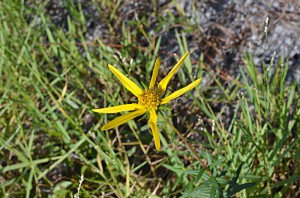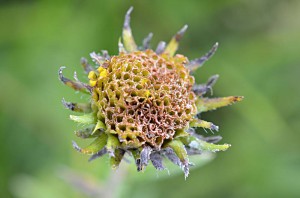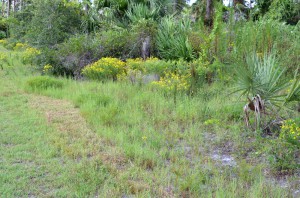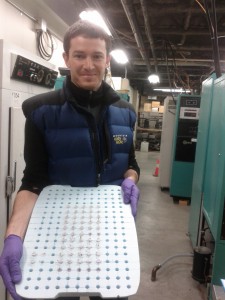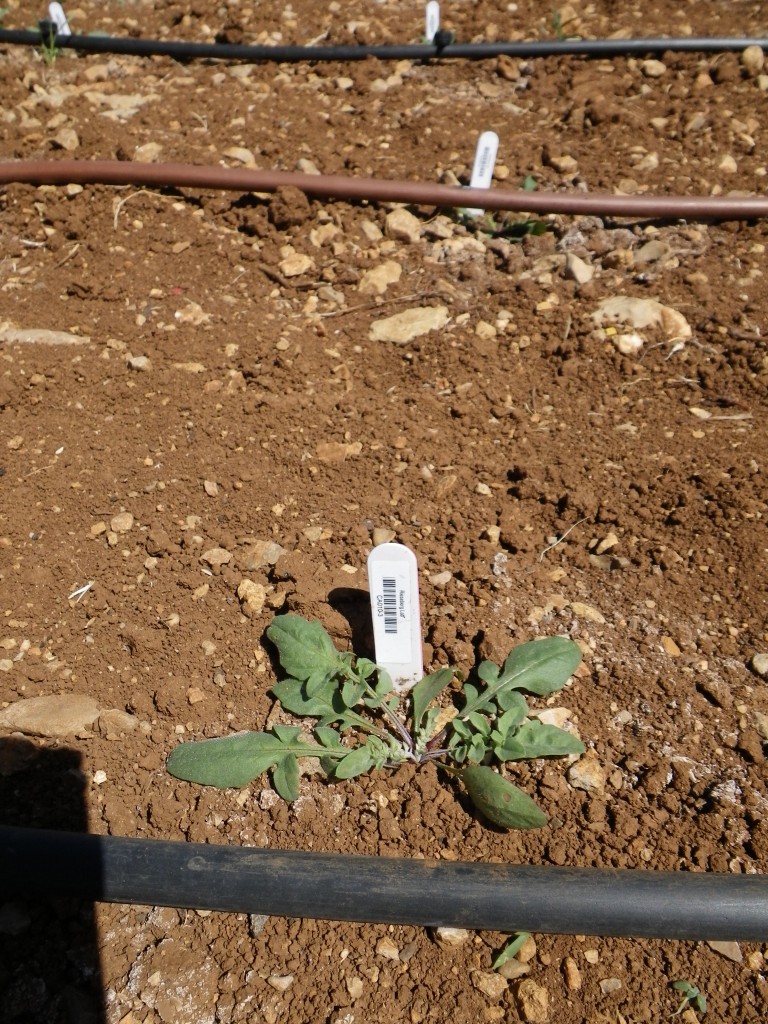The following protocol is for producing electro-competent cells of agro-bacterium. Currently A. tumefaciens agropine-type strain EHA-105 (Hood et al.,1995) is used for transformation of sunflower and arabidopsis. Harvesting new competent cells takes 4 days to complete with the 4th day being the most labour intensive. It’s advised to begin early in the morning on the 4th day as the length of culture, purifying, and aliquoting can take several hours.
Category Archives: Cultivation
Pollination bags
We order our bags here:
http://delstartech.thomasnet.com/viewitems/product-catalog-delnet/delnet-pollination-bags?&plpver=1002&pagesize=200&sortid=&sortorder=asc&forward=&backtoname=
I get 16×18 for annuus heads.
Last time I ordered them they came in 8 days.
Sunflower seed sterilization
Hi all,
Here is a seed sterilization protocol that surprised me – No fungus visible after 4 -5 days of growth on nutritious media.
In 100 ml distilled water mix the following
1 g sparkleen soap powder (dish washing stuff) –> This is the top end for sparkleen. You may need to use less.
2 mL bleach (final concentration = 2%)
2 ml PPM. (final concentration = 2%)
Sterilize in 15 ml tubes.
Rinse seeds with autoclaved water 3x.
Results: Normally the first image would contain many fungal blooms. Not so in the images below.
Friday November 21st
Introducing Phoebanthus, Sibling to Sunflower
Before I left UBC to head to California, Rose and I got interested in looking closely at the nearest relatives of Sunflower. In particular, Rose was looking to obtain an “outgroup” for her analyses of cpDNA phylogeny in the sunflowers. We found out that the sister-genus to sunflower is a little plant called Phoebathus, which consists of just two species, one diploid and one tetraploid. Both of them are perennials that are endemic to Florida.
After learning about the plant, I started looking for a way to get some samples. I learned very quickly that it’s basically not cultivated at all. So I contacted several naturalists from Florida who live near Phoebanthus country, and one of them (a gentleman named Wayne Matchett) volunteered to get us some tissue and seeds for the more common tetraploid species, Phoebanthus grandiflorus. It took a while for Wayne to locate a flowering population, and then to wait for the seed heads to mature (at my recommendation, he “bagged” the heads), but he finally managed to secure about 100 mature seeds, along with a sample of leaf tissue, both of which I am now in possession of.
I guess that I became obsessed with this plant because it is such an underdog compared to Helianthus. While Helianthus is a weedy, widespread, diverse, and dominant genus that has more or less conquered North America as well as the human race, the sibling genus to sunflower amounts to just two species, both of them found in what is probably the cushiest, least stringent environment in all of North America: Florida (sorry, Chris).
In any case, I’m going to apply for a permit to bring the seeds and tissue to UBC when I visit in a month or so. I might also try to keep some here in California and try growing it here to see how it performs. In addition to providing a nice outgroup for phylogenetic analyses, it might be cool to do other comparisons between the vivacious head-turner that is Helianathus, and its runty little sister genus, Phoebanthus.
In the meantime, here are some of Wayne’s photos:
Helianthus germination
Everyone in the lab seems to have their own brand of germination suited to their seed collections. If you have fresh seed Nolan’s protocol easy sunflower germination is a great place to start and germination should occur within a week (I have found this works with fresh H. paradoxus seed).
Here are is an updated version of Nolan’s germination protocol. I am working with some older Helianthus seed that takes several weeks to germinate. I have received useful advice from several lab members who are referenced within. I haven’t yet found a way to speed germination of old seed, but the emphasis here is on how to keep conditions sterile to prevent fungal infection until germination occurs. Patience is required.
Feel free to correct or add your brand of germination to this.
More on Hydroponics
This post is intended to give a few more details on the hydroponics rigs that I constructed, and am currently testing with Greg O. I built these rigs in collaboration with John Gourlay (jgourlay@mail.ubc.ca), who is a technician in the Botany Department workshop (room 1363; directly underneath the room that houses the growth chambers). John was able to create these rigs in less than a day after I described them to him, so if you’re thinking of starting a hydroponics project, you should consider having him do the work for you. He charges a small amount, and does the work very quickly. He’s also a very nice guy.
The rigs are based on a design that is pretty common in the world of hydroponics. The version described below is similar to one developed at Duke University by Jessica Selby and Kevin Wright (John Willis Lab). The idea is to suspend the roots of the plant in a nutrient solution, and provide oxygen to the roots via bubblers. As Greg says, the method requires development. However, it appears to work well for sunflowers (not so much for my plants). Anyway, here is the basic process of constructing the rigs.
Hydroponics test run
Dylan and I have been working on getting hydroponic testing up and running. The basic set up is a large tub filled with dilute nutrient solution, with aeration provided by an air pump. Floating on top of the water is a large foam sheet with holes. In each hole we put a 2 ml tube packed with rock wool and perlite along with a seedling. Extending below the hole is a large bubble tea straw to make sure the roots don’t tangle together while growing.
Drooping flowers cured?
Earlier this year, Kate’s sunflowers in the hort greenhouse were having an issue where the stem right under a maturing flower would darken and wither. The flower would droop down and gradually die. This was particularly annoying when trying to collect seed from crosses.
I’ve been growing H. bolanderi in the hort greenhouse and my plants seemed to have the same issue. When I saw this happening I trimmed off the drooping flowers, which occurred on about 10 of 24 plants. I also noticed that the new leaves were browning at the tip, a symptom of nutrient burn, so I flushed the soil by excessively watering it once.
A week later my plants no longer had any head droop and some flowers that seemed iffy before were fine. The leaf tip browning also reduced. I’m not sure if flushing the soil was the cure or something else happened at the greenhouse or it has only temporarily subsided. This is just something to try if you have the same problem.
One interesting note is that my plants are serpentine adapted and Kate’s are dune plants, which are both fairly nutrient poor soils. Perhaps they are extra susceptible to nutrient burn.
Say hello to my little friends
It is my pleasure to introduce a new species to the Rieseberg lab: Alliaria petiolata (aka garlic mustard) is an invasive species in North America that is also widespread in Europe. Unfortunately we have had some problems with fungus and getting seeds to germinate, but we are moving forward.
Newest Lab Member – Needs Name
Dear Colleagues,
It is my pleasure to introduce you to our newest lab member… actually it doesn’t have a name yet, but that’s the main reason for this post. This cute little guy/girl needs a name. I have been toying with TERMINATOR, HAL, iRob, and Rob(ot), but I’m sure you can do better. Could be male, female, or gender-neutral and whoever comes up with the best name gets a special treat.
Barcode reader (Kathryn)
Horticulture Greenhouse Space (Kate)
Our lab is currently paying for one bench in the Horticulture greenhouse for general purposes (Zone 4, Bench #1). This bench is intended for small, short-term projects only. If you need more than ~1/3 of a bench, please make your own arrangements.
About the space: . . . Continue reading
Image analysis with ImageJ (Kathryn)
Macro Phenotyping (Brook)
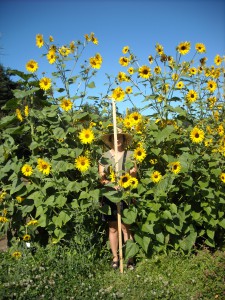 This post is meant to be a mostly comprehensive list and explanation of the non-molecular phenotypes that our lab measures on our various plant populations. At the moment, it is definitely not there yet (for one thing, it has a clear sunflower bias), so please contribute! Continue reading
This post is meant to be a mostly comprehensive list and explanation of the non-molecular phenotypes that our lab measures on our various plant populations. At the moment, it is definitely not there yet (for one thing, it has a clear sunflower bias), so please contribute! Continue reading
Germinating sunflower seeds (Nolan)
Here is a protocol for sunflower germination, easy sunflower germination. Feel free to modify or update.

